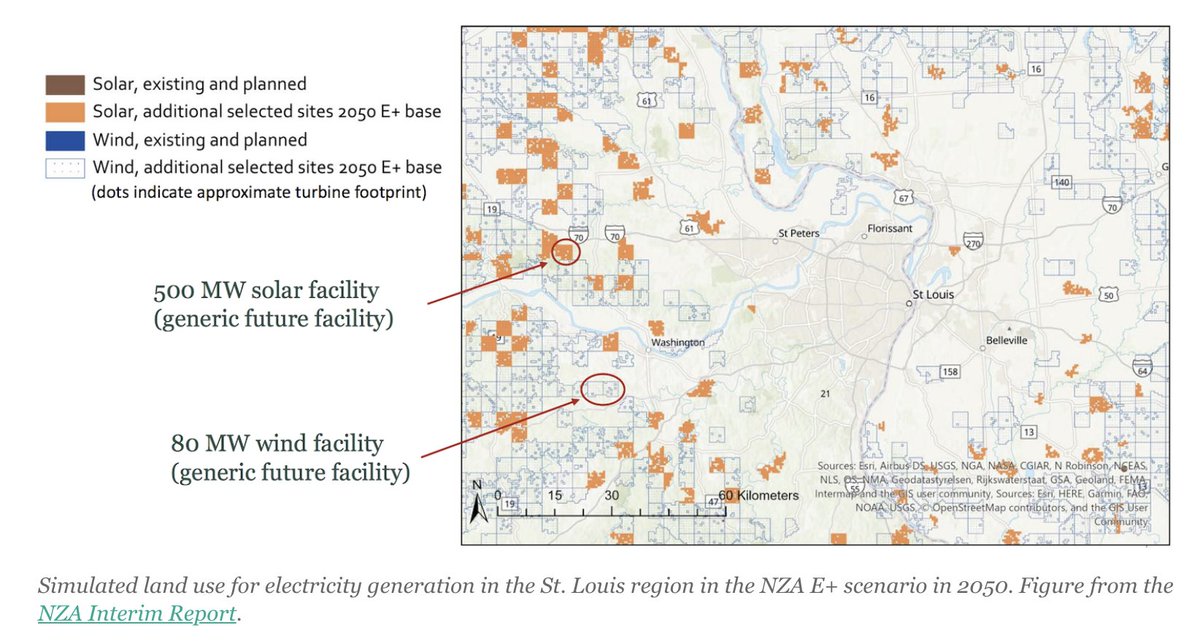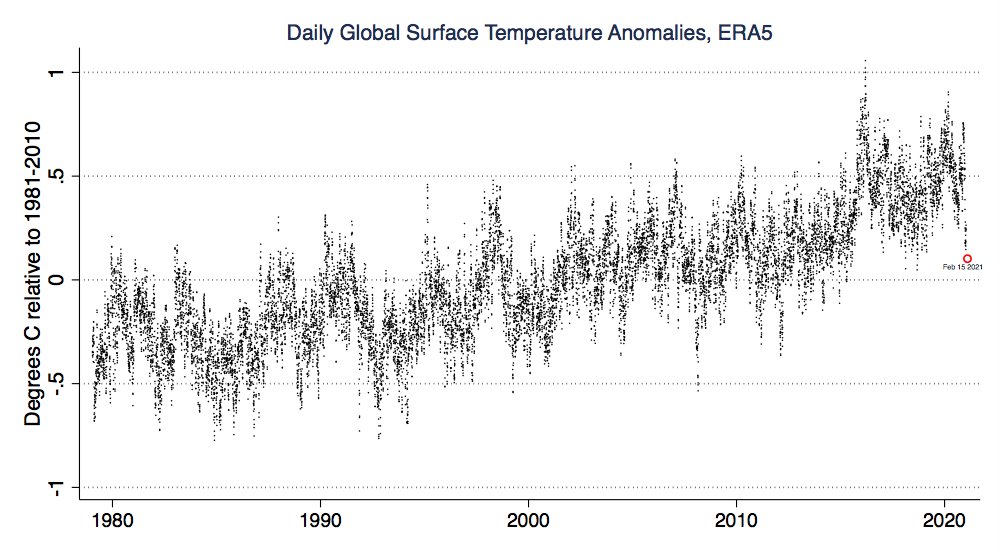
One of the best parts about writing for @CarbonBrief is the ability to do in-depth explainers about complex climate and energy issues. Here are a few of my favorites that I worked on over the years.
First up, explaining the shared socioeconomic pathways: carbonbrief.org/explainer-how-…
First up, explaining the shared socioeconomic pathways: carbonbrief.org/explainer-how-…
CMIP6, the next generation of climate models: carbonbrief.org/cmip6-the-next…
Understanding climate sensitivity: carbonbrief.org/explainer-how-…
Why we think around 100% of observed warming is due to human activity: carbonbrief.org/analysis-why-s…
How well have climate models projected global warming in the years after they were published: carbonbrief.org/analysis-how-w…
How do climate models work? carbonbrief.org/qa-how-do-clim…
What are integrated assessment models and how are they used? carbonbrief.org/qa-how-integra…
How much carbon budget is left to limit global warming to 1.5C: carbonbrief.org/analysis-how-m…
And why the IPCC Special Report on 1.5C expanded this carbon budget: carbonbrief.org/analysis-why-t…
When might the world exceed 1.5C and 2C of global warming? carbonbrief.org/analysis-when-…
How carbon-cycle feedbacks could make global warming worse: carbonbrief.org/analysis-how-c…
Understanding the controversy over the high-emissions RCP8.5 global warming scenario: carbonbrief.org/explainer-the-…
How data adjustments affect global temperature records: carbonbrief.org/explainer-how-…
How every part of the world has warmed – and could continue to warm: carbonbrief.org/mapped-how-eve…
How electric vehicles help to tackle climate change: carbonbrief.org/factcheck-how-…
What Greenland ice cores say about past and present climate change: carbonbrief.org/factcheck-what…
How global warming has increased US wildfires: carbonbrief.org/factcheck-how-…
The role of natural climate solutions in combatting climate change: carbonbrief.org/analysis-how-n…
What climate models tell us about future rainfall: carbonbrief.org/explainer-what…
Why the sun is not responsible for recent climate change: carbonbrief.org/why-the-sun-is…
Why US carbon emissions have fallen 14% since 2005: carbonbrief.org/analysis-why-u…
Why the UK’s CO2 emissions have fallen 38% since 1990: carbonbrief.org/analysis-why-t…
How the rise and fall of CO2 levels influenced the ice ages: carbonbrief.org/explainer-how-…
How climate change is accelerating sea level rise: carbonbrief.org/explainer-how-…
Tornadoes and climate change: what does the science say: carbonbrief.org/tornadoes-and-…
And many more (as well as others by the excellent folks at @CarbonBrief), but I've reached my 25 post limit for the Twitter thread!
And many more (as well as others by the excellent folks at @CarbonBrief), but I've reached my 25 post limit for the Twitter thread!
• • •
Missing some Tweet in this thread? You can try to
force a refresh








